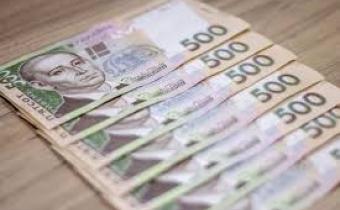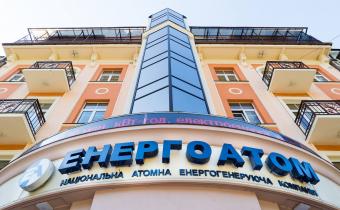Кононов И.Ф. Теория массового сознания: возможности и ограничения в условиях неконвенциональной войны (по результатам исследований на свободной территории Луганской области)

The article deals with possible applicability of the theory of mass consciousness under conditions of nonconventional warfare. It is shown that in conventional wars, governments retain monopoly on military force and propaganda. Unconventional wars involve government and non-government paramilitary forces as well as information confrontation is also carried out by various actors. Conventional wars assume exerting every effort of a country, what inevitably affects financial welfare of the majority of its citizens. In non-conventional wars costs are borne by the population in the form of direct and especially indirect taxes. Commodity markets keep function as in peacetime. Social differentiation does not decrease, but sometimes it increases significantly. Most citizens therefore perceive such wars as a matter of elite groups. In conventional wars state propaganda is subject to future victory as a public good where all citizens must contribute. In nonconventional wars information struggle pursues tactical goals that are determined by a variety of internal and external political actors. The means to achieve loyalty of the population in the regions that become theaters of military operations are being developed within the framework of the theory of mass consciousness. This theory was formed on the basis of two research stands, which can be called «consciousness of masses» and «public opinion». Both concepts arose at different times in the social and political discourse of France. «Public opinion» appears in the texts of J.-J. Rousseau. The theory of forms of consciousness of mass formations was proposed by G. Lebon and G. Tard. Development of the research position, designated by the term «public opinion», in the most complete form was carried out in the United States. The greatest contribution to the methodological revolution, which made surveys scientific, was made by George Gallup, Archibald Crossley, Elmo Roper and Hadley Cantril. American researchers preferred to use operational definitions of public opinion. In the US the methodological revolution in conducting surveys relied not on the achievements of sociology but on the theory of statistics. Interviews practice itself evolved as a tool needed to manage on the market. It concerned not only commodity and stock markets, but also political market. In fact, on the political one public opinion served as the «invisible hand of the market» of Adam Smith.
военизированных формирований, информационное противостояние тоже осуществляется разнообразными субъектами борьбы. В конвенциональных войнах государственная пропаганда подчиняется будущей победе как общественному благу, в которое все граждане должны внести вклад. В неконвенциональных войнах информационная борьба преследует тактические цели, которые определяются разнообразными внутренними и внешними олитическими субъектами.
Средства добиться лояльности населения в регионах, которые становятся театрами военных действий, разрабатываются в рамках теории массового сознания. Эта теория складывалась на основе двух исследовательских позиций, которые можно назвать «сознание масс» и «общественное мнение». В статье рассматриваются результаты эмпирических исследований, проведенных в рамках проекта «Массовое сознание в зоне военного конфликта на Донбассе» научным коллективом кафедры философии и социологии Луганского национального университета имени Тараса Шевченко. Они показывают, что в прифронтовой зоне массовое сознание мирного населения складывается преимущественно в сетевых структурах. Новые массы формируются без вождей, с подозрительностью к политике как таковой. Они являются продуктами сетевой самоорганизации.
- Войдите или зарегистрируйтесь, чтобы получить возможность отправлять комментарии
 Версия для печати
Версия для печати















